What Is World AIDS Day & Why Do We Celebrate It?
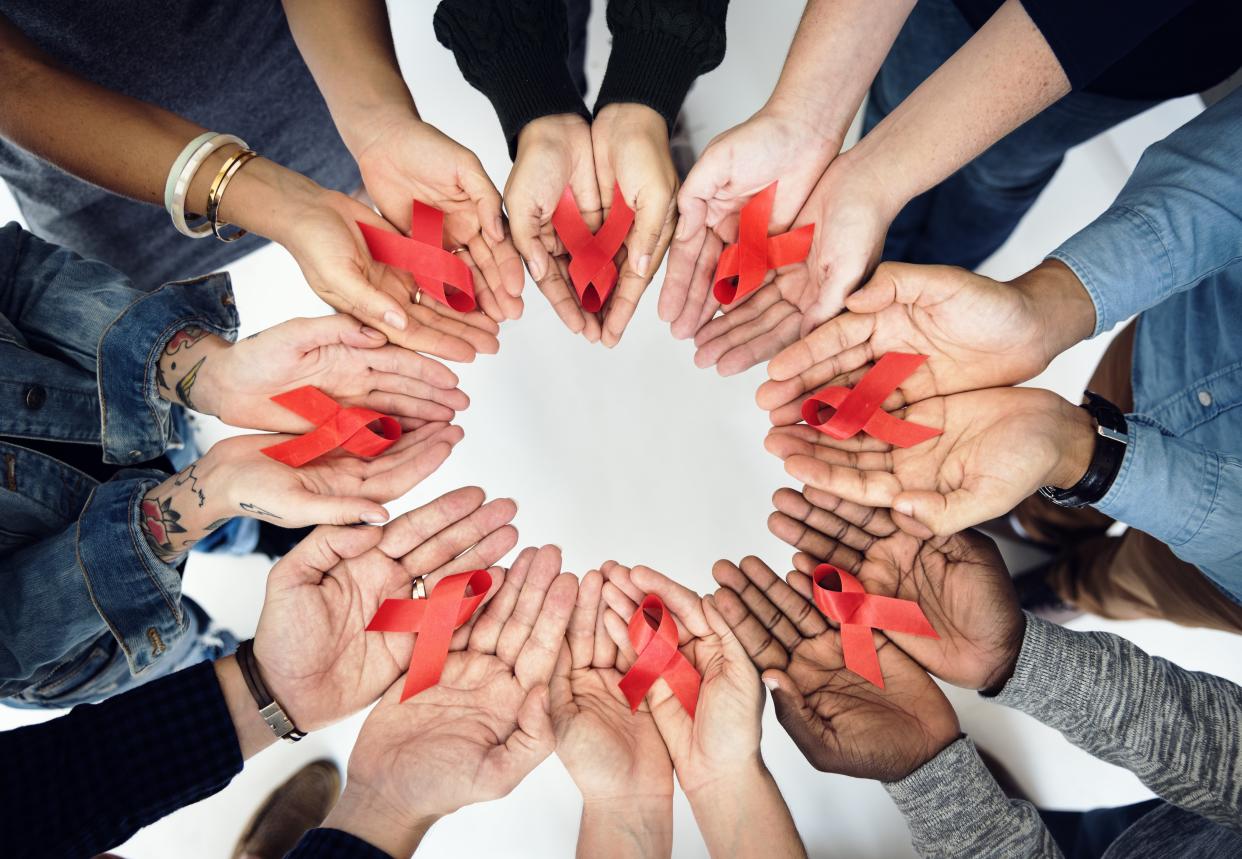
The importance of World AIDS Day.
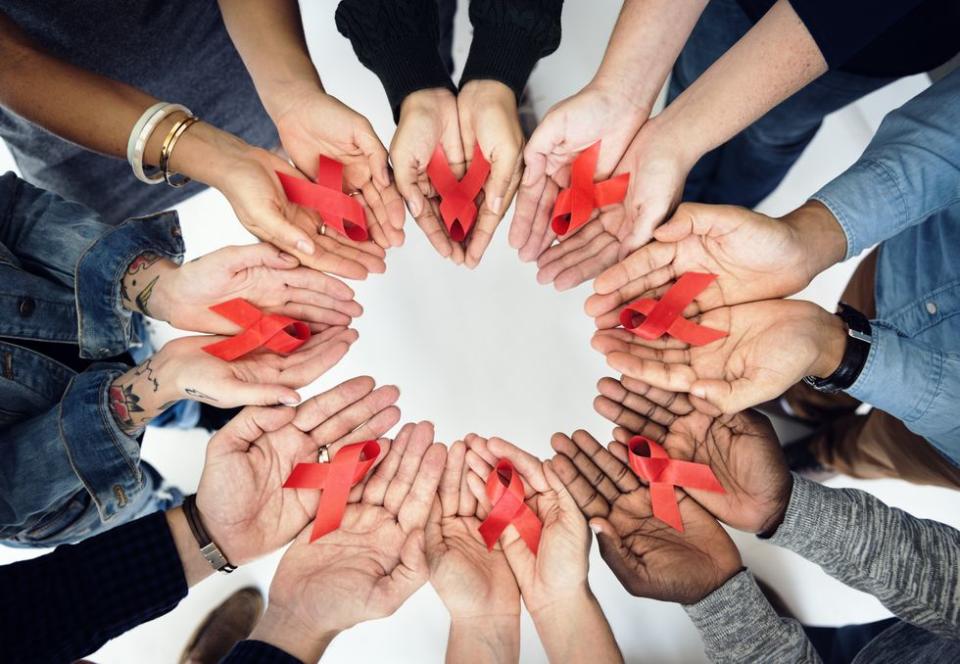
Every year, December 1 marks World AIDS Day to commemorate the lives lost to HIV/AIDS and to stand in solidarity with those still living with it.
As the stigma against HIV continues to dwindle and with the goal of ending new HIV transmissions by 2030, it's important to understand what World AIDS Day really is and why we should pay attention to it every year.
Here are some of the most important things you need to know about World AIDS Day.
When did World AIDS Day start?
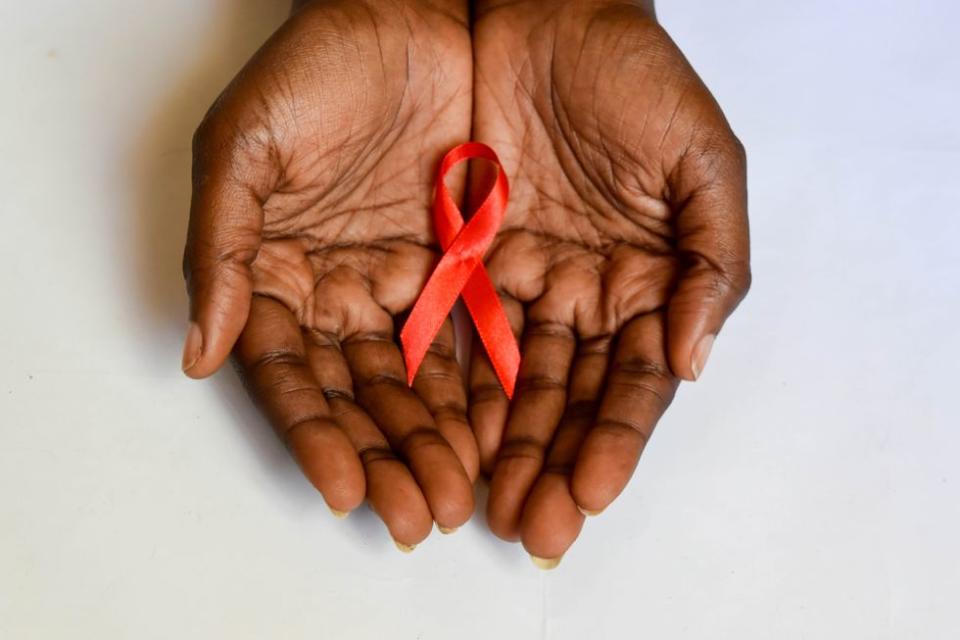
Shutterstock
The first World AIDS Day goes back to 1988, which marks this year as their 35th annual. At the time, it was the first-ever international day for global health, setting the standard for the United Nations to gather every year with the governments and civil society to campaign around specific HIV-related themes.
What is this year's theme?
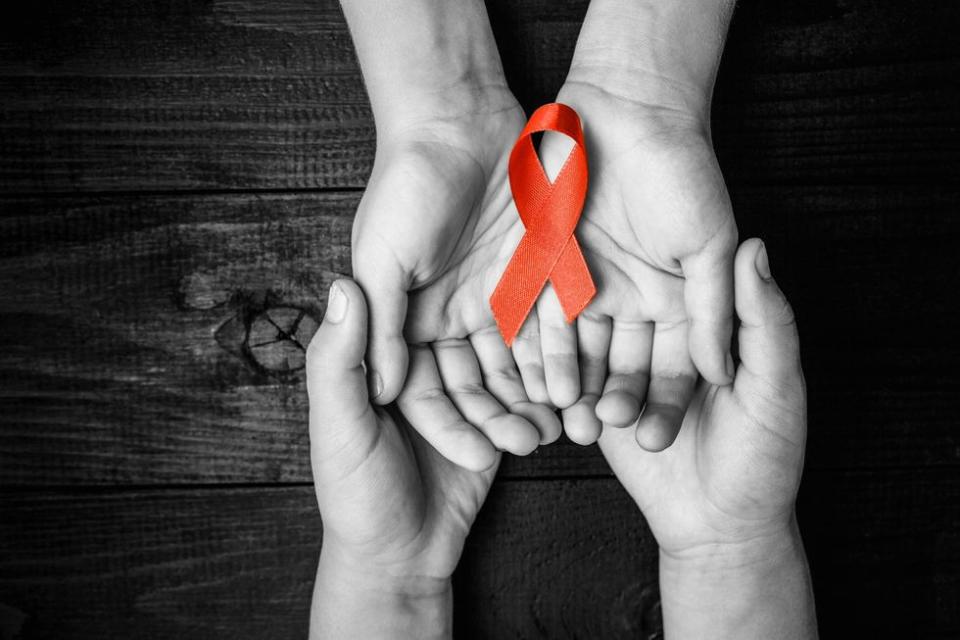
Shutterstock
In 2023, the global theme is "Let Communities Lead" and the United States them is "World AIDS Day 35: Remember and Commit."
In the former, organizations with communities living with, at risk of, or affected by HIV are shot to the frontline of focus for efforts to remove new HIV transmissions. Unfortunately, many of these communities are held back by their leadership and face funding shortages, policy hurdles, and various other issues that obstruct the progress of HIV prevention and treatment. Removing these obstacles allows community-led services to have a greater impact on the prevention of transmissions moving forward.
In the latter, the United States is also celebrating the 20th anniversary of the United States President's Emergency Plan for AIDS Relief (PEPFAR), a measure introduced by George W. Bush that has become one of the most pivotal funds in HIV research. With the "Remember and Commit" theme, the aim is to pay tribute to the lives lost to HIV/AIDS while committing to the collective responsibility to come together and act to stop the spread.
Why is it so important to celebrate World AIDS Day?
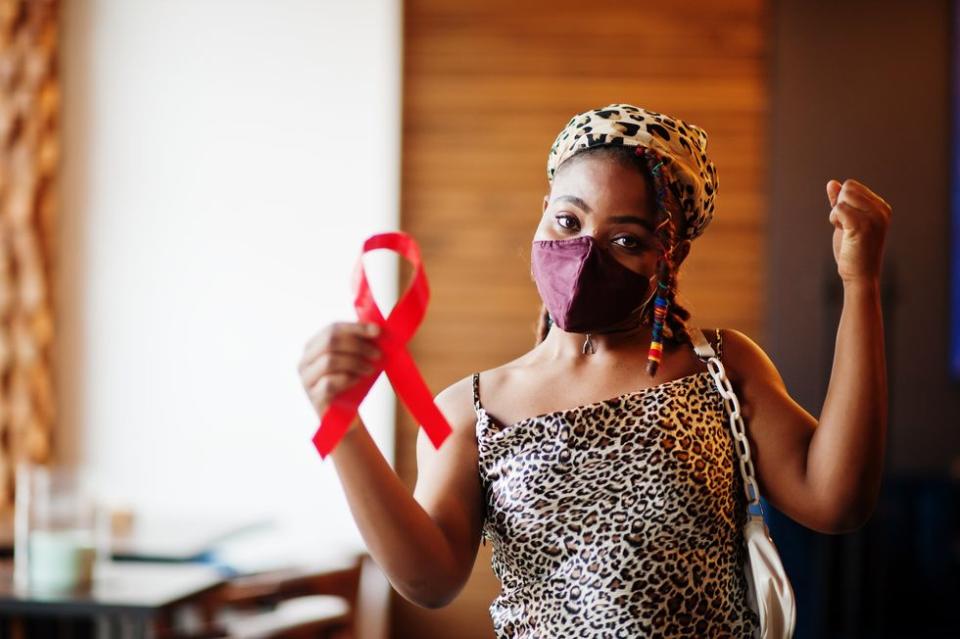
Shutterstock
Globally, there are estimated to be more than 38 million people currently living with the HIV virus. Additionally, over 35 million people have died from HIV or AIDS-related illnesses since it first started spreading 40 years ago, which marks it as one of the most destructive viruses in pandemic history.
One of the biggest issues still alive in HIV/AIDS treatment and prevention is stigma, especially within government funding. We've certainly come a long way from the days where we thought we'd contract the virus by simply touching someone, but many people still view it as a death sentence as soon as any infection comes into play.
World AIDS Day allows the people who actively live with HIV to shine a light on their experience and promotes the strength, resilience, and diversity those within the HIV community have faced. There's also a memorial page for those interested in adding a loved one of their own they've lost.
What's the deal with the red ribbon?
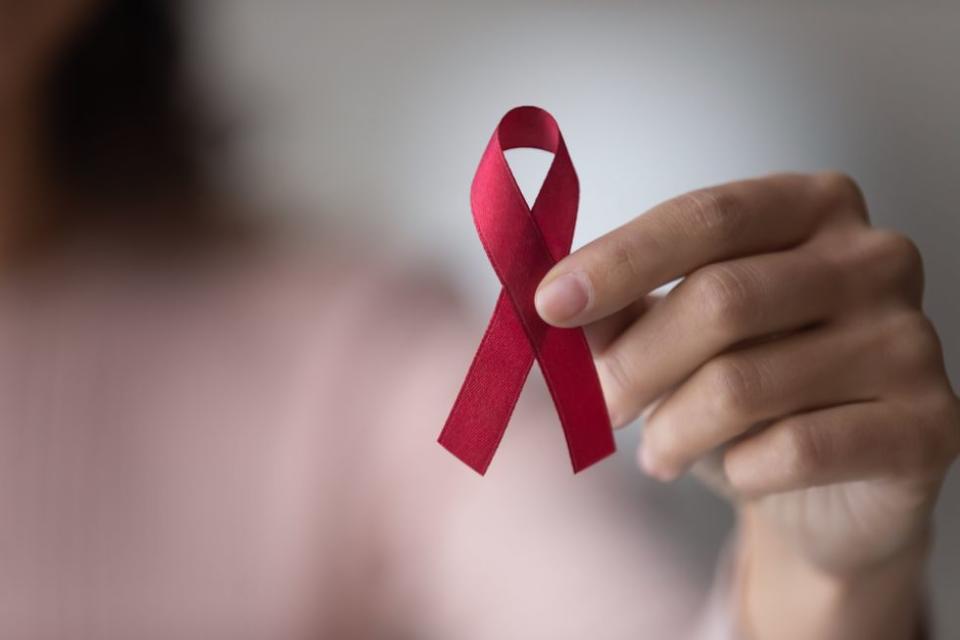
Shutterstock
You may have heard the phrase Rock the Red Ribbon (#RockTheRibbon) and be confused about what that means. The red ribbon exists as a universal symbol of awareness and support for those living with HIV. The encouragement to "rock" (or "wear") one is meant as a way to not only raise awareness, but show public solidarity and support to those living with it.
It was first introduced in 1991, when 12 artists came together for a new project for Visual AIDS, an HIV-awareness arts organization in New York. They created the ribbon as a visual expression of compassion for those living with HIV, with red standing for boldness and the symbolic association to passion and love.
Those interested in purchasing a red ribbon or red ribbon brooch can do so from the National AIDS Trust's shop.
What else can I do to support awareness?
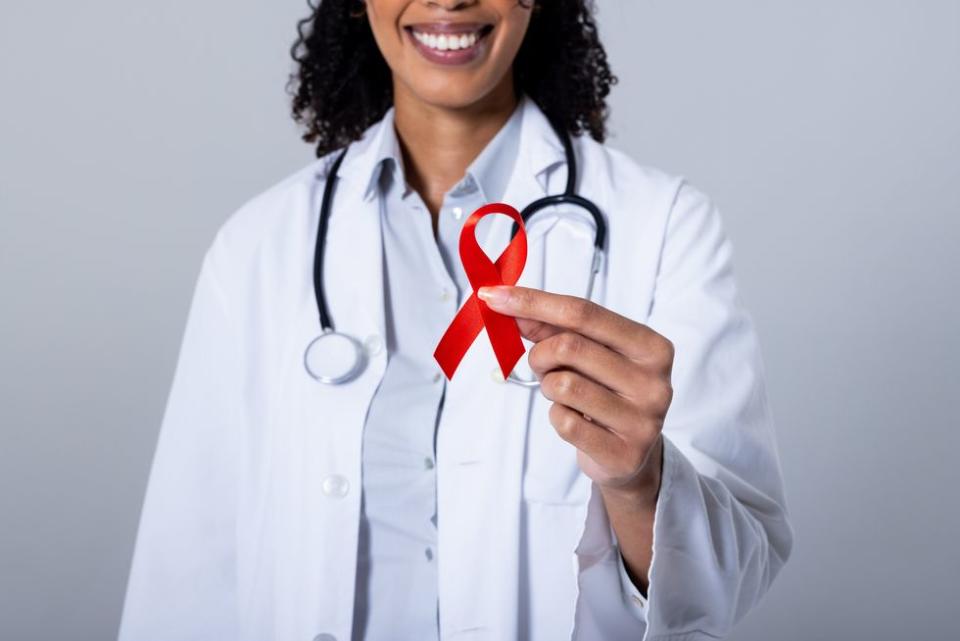
Shutterstock
The first and most important thing you can ever do is GET TESTED. That needs to be bolded, italicized, caps locked, and engraved in your mind. Knowing your status is one of the most crucial and critical ways we will be able to stop the spread of new viruses. A lot of people, especially those who are sexually active, fear getting tested because they fear positive results. That only hurts every effort to stop the spread of the virus.
Outside of getting tested, if you're sexually active especially, consider looking into pre-exposure prophylaxis (PrEP), an HIV-preventative medication that can be taken either by injection or via an oral pill. It's known to be nearly 99% effective in preventing HIV. Although a lot of straight people assume this is a "gay drug," that's a dangerous thought as the number of HIV cases has increased in the heterosexual community for the first time in a decade.
What happens after World AIDS Day?
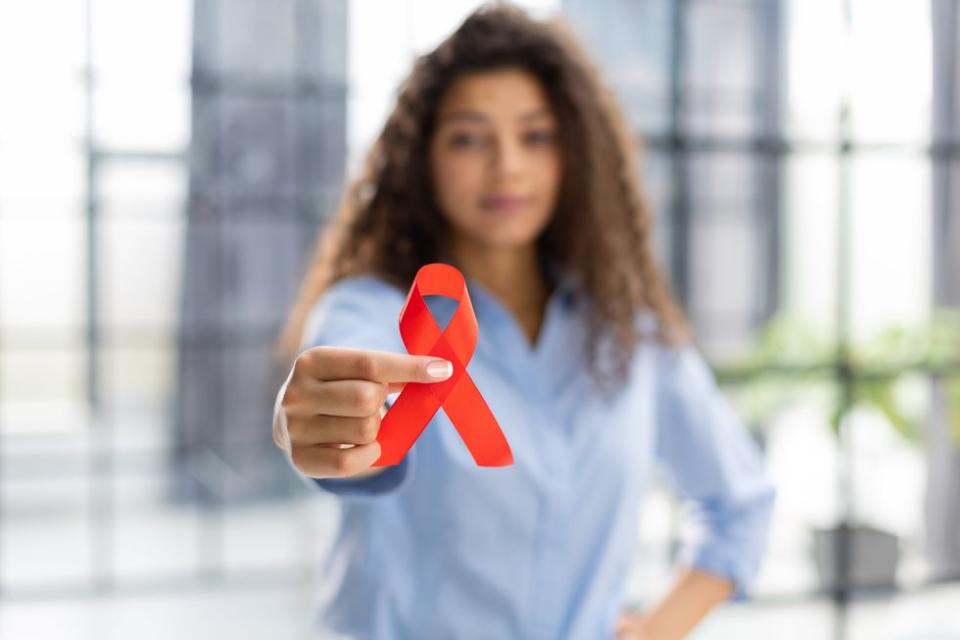
Shutterstock
Set your eyes on the 2030 goal of ending HIV transmissions, and pay particular attention to the previous point. Get tested. Know your status. Protect yourself when the time is necessary. There are also stories of people purposefully and intentionally spreading HIV, so don't be one of those people.
The fight against HIV has come so far, but it is also far from over. Showing our solidarity and support will also remain pivotal to stopping to the spread. Doing so encourages governments to allow more additional funding and stop getting in the way of ending new transmissions.
What other initiatives exist?
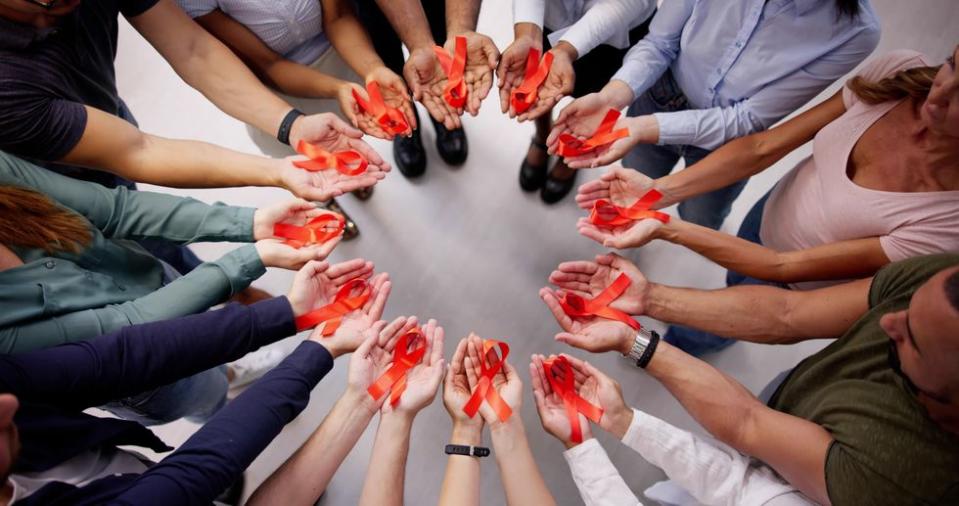
Shutterstock
The CDC's Let's Stop HIV Together campaign of the Ending the HIV Epidemic in the U.S. (EHE) initiative, as well as the National HIV/AIDS Strategy.
Additionally, the National AIDS Trust works off of donations, so feel free to give yours any time you feel comfortable doing so.

